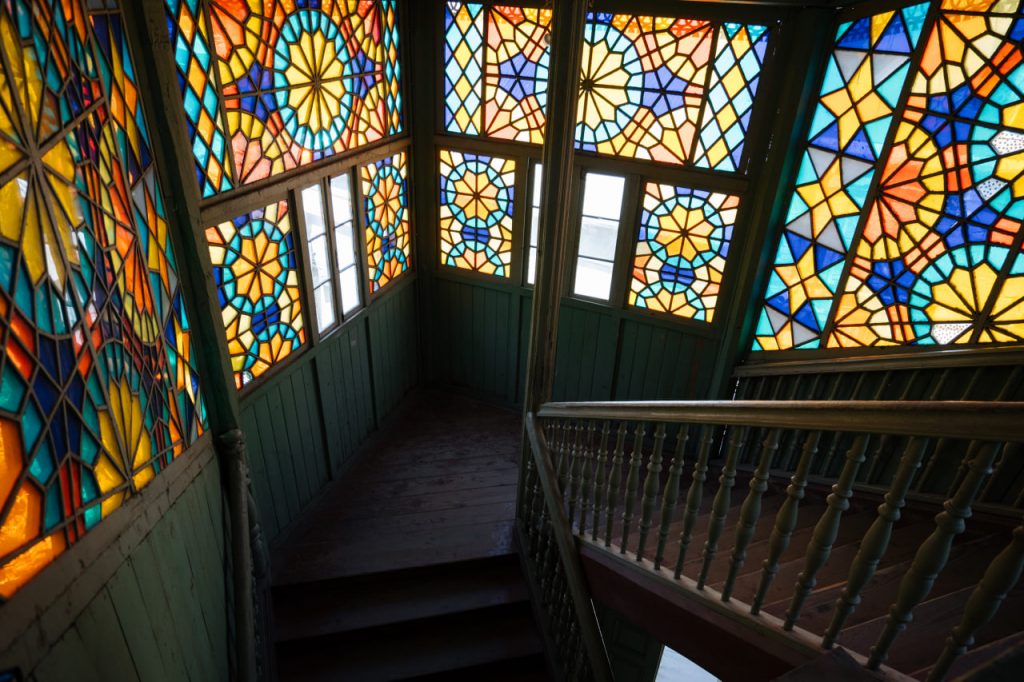One of the most enchanting aspects of stained glass is how it plays with light and color. The glass is not just a passive material — it comes alive when sunlight passes through it, creating an ever-changing dance of hues, reflections, and shadows. Choosing the right glass for your project is a creative decision that will dramatically influence the final result. In this article, you’ll learn how to select glass like a true stained glass artist.
Understanding Types of Stained Glass
Before you make your first purchase, you need to familiarize yourself with the main types of stained glass. Each type has unique properties and applications:
- Cathedral Glass
This is transparent, colored glass. It allows light to pass through freely and creates vivid, bright effects. It’s perfect for windows where you want strong light and color projection. - Opalescent Glass
A mixture of opaque and translucent glass. Opalescent glass creates softer, more muted colors and is often used when you want more privacy or less direct light passing through. - Textured Glass
Glass with patterns or textures pressed into its surface. It distorts light beautifully, adding visual interest and creating sparkling, diffused effects. - Antique Glass
Hand-blown or mouth-blown glass that has unique variations, bubbles, and slight imperfections. It’s highly valued for its charm and historical appearance.
Choosing Colors for Your Design
Color is the soul of stained glass art. But it’s not only about picking your favorite shades — you need to consider how they will interact with each other and with the light.
- Color Harmony
Aim for a balanced color palette. Complementary colors (opposite on the color wheel) create strong contrasts, while analogous colors (next to each other on the wheel) offer harmony and calmness. - Transparency vs. Opacity
Transparent glass lets more light in, giving a vivid effect. Opaque or semi-opaque glass softens the light and adds a sense of mystery. Mixing both in a single piece can create stunning depth. - Light Source
Always consider where your piece will be placed. A window with strong sunlight will amplify colors, while a dim area may need brighter, more transparent glass to catch the available light.
Texture Matters
Textures are often overlooked by beginners, but they can completely change how your piece feels. Smooth glass provides clarity and sharp color, while textured glass diffuses light and hides imperfections. Rippled, hammered, or granite textures can bring movement and life to your design.
The Importance of Testing
Before starting a large project, it’s highly recommended to make a small sample or light test. Hold pieces of your chosen glass against the light. See how the colors mix, how much light they transmit, and how they look together. This step often saves hours of work and prevents disappointment later.
Combining Different Types
Experienced stained glass artists often combine multiple types of glass in a single piece. For example, using cathedral glass for the background, textured glass for details, and opalescent glass for focal points creates a rich, multi-layered effect.
Final Thought
Selecting stained glass is where technical skill meets artistic vision. It’s the stage where you shape the mood, atmosphere, and story of your work. Don’t rush this process. Visit glass shops, explore samples, and trust your instincts. The perfect combination of color, texture, and light will bring your stained glass creation to life.

